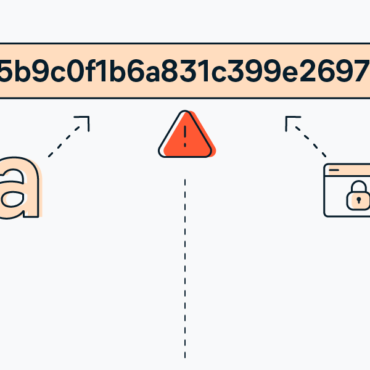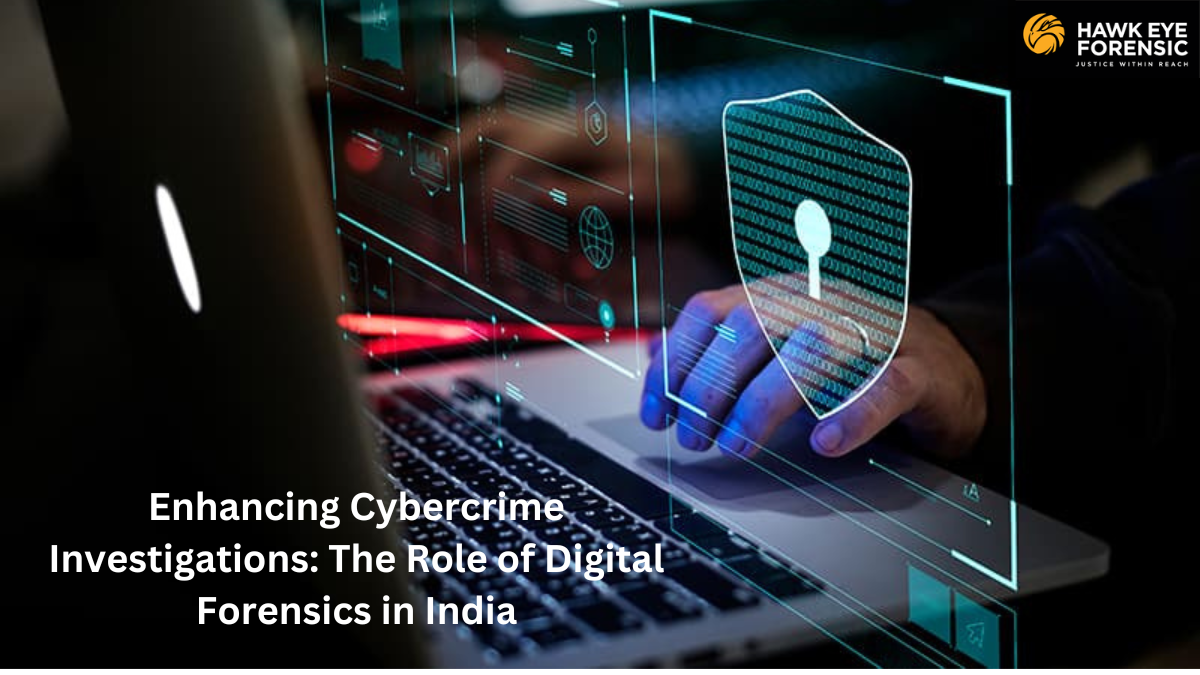Obtaining, storing, and evaluating digital evidence presents a major difficulty for Indian law enforcement authorities in the modern, technologically advanced world where digital traces are essential to solving crimes. To effectively address this challenge and strengthen their investigative capabilities, the integration of strong digital forensics solutions becomes paramount.
The Role of Digital Forensics in Law Enforcement
When it comes to figuring out complicated cybercrimes, frauds, terrorism, and other illegal actions using digital data, digital forensics is essential. The adoption of all-encompassing digital forensics technologies provides Indian law enforcement authorities with numerous remarkable advantages, including:
Enhanced Investigative Capabilities: Law enforcement may retrieve, analyze, and interpret digital evidence from a wide range of devices, including computers, smartphones, storage drives, and Internet of Things (IoT) devices, thanks to digital forensics technologies. Reconstructing events, identifying suspects, and creating a tangible chain of evidence are all made easier with the help of this capacity, which is essential for successful prosecutions.
Strengthening Legal Cases: Law enforcement authorities can get genuine and admissible evidence that substantially strengthens their cases by employing advanced digital forensics methods. In order to ensure the validity and persuasiveness of the evidence presented in court, properly managed digital evidence is essential.
Mitigation of Cybersecurity Threats: Digital forensics tools help discover cyber risks, vulnerabilities, and attack trends in addition to solving crimes. With this knowledge, institutions may reduce potential security risks, stop future intrusions, and proactively protect critical data.
Efficient Data Recovery and Analysis: Advanced digital forensics instruments enable the retrieval of erased, encrypted, or hidden information. Investigators can reconstruct dates, piece together important facts, and understand the offenders’ modus operandi with the help of this data’s extensive examination.
Training and Skill Development: Law enforcement officers must have modern forensic techniques and tools training before they may implement digital forensics solutions. Maintaining up-to-date knowledge of the latest techniques and technologies used by cybercriminals is ensured by continuous skill development for investigators.
Collaboration and Information Sharing: At the national and international levels, digital forensics solutions promote cooperation and information exchange between various law enforcement organizations. This collaborative strategy improves the group’s ability to respond to cyber threats and allows for the quick resolution of cross-border crimes.
Speedy Investigations and Legal Proceedings: Digital forensics systems with automation and sophisticated analysis tools speed up investigations and minimize the time needed to gather, handle, and present digital evidence in court. This quick procedure helps to give justice quickly.
Implementation Strategies
For Indian law enforcement agencies to harness the benefits of digital forensics solutions effectively, several strategies must be considered:
Investment in Strong Tools: Organizations need to spend money on modern digital forensics equipment and tools that can effectively handle a wide range of digital evidence.
Establishment of Forensic Laboratories: In order to process digital evidence effectively, forensic laboratories that are equipped with the most recent technology must be established.
Employee Training: To improve law enforcement officers’ proficiency with digital forensics techniques, ongoing training courses must be conducted.
Public-Private Partnerships: Working with professionals in the private sector and in academia can help agencies stay up to date on newer forensic techniques and advancements in technology.
Regulatory Compliance: To ensure that the digital evidence is admissible in court, agencies must abide by the legal and regulatory frameworks controlling its gathering, storage, and presentation.
Conclusion
In conclusion, a key component that helps Indian law enforcement authorities effectively combat cybercrimes, strengthen legal defenses, and ensure a rapid and efficient administration of justice is the implementation of effective digital forensics tools.
As the digital world develops, law enforcement agencies need to employ new technologies in order to stay ahead of the curve in the fight against cyber threats and illicit activities.





Post comments (0)